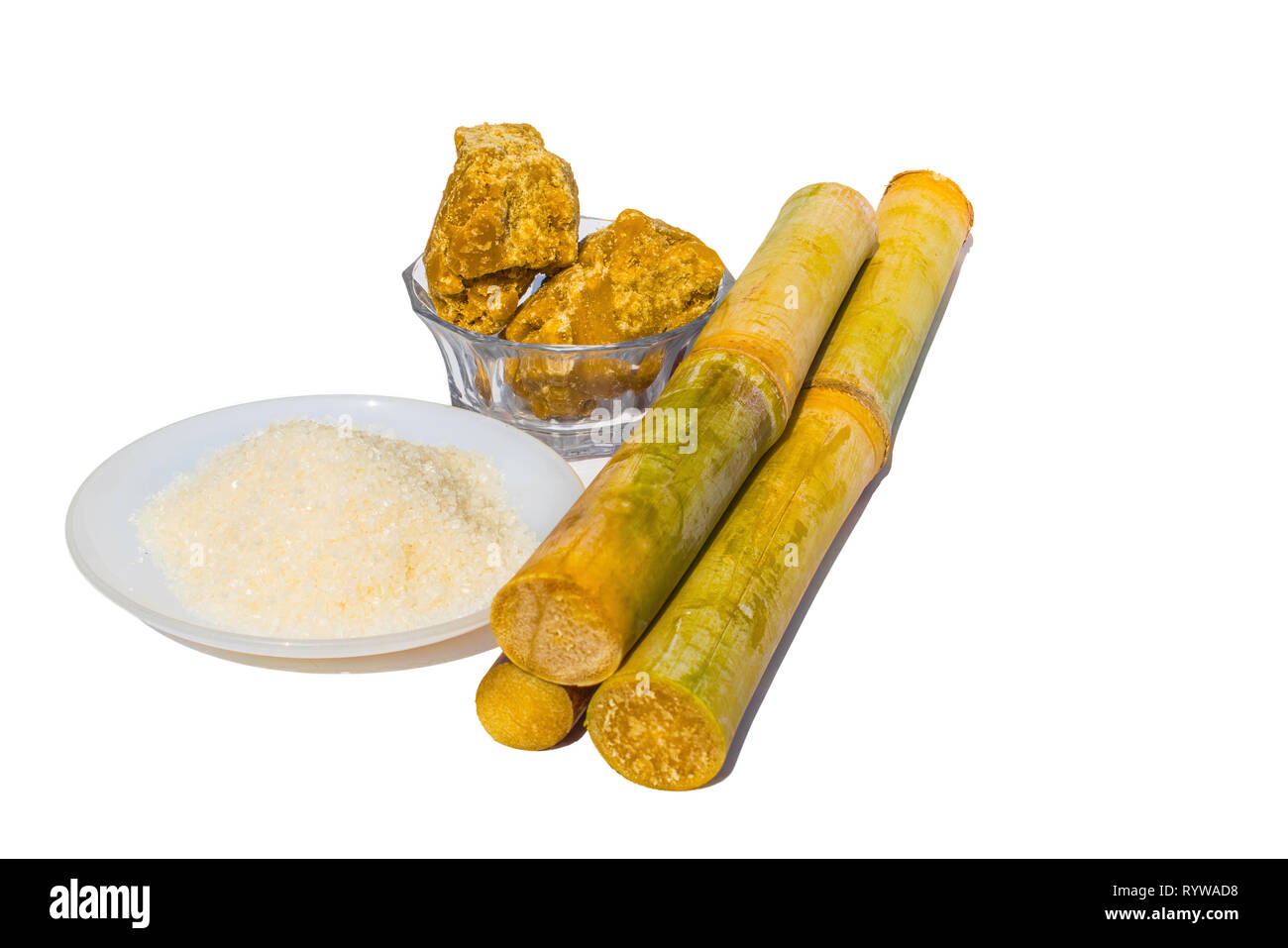The Nutritional Value and Wellness Advantages of Sugarcane Product
The Nutritional Value and Wellness Advantages of Sugarcane Product
Blog Article
The Trip of Sugarcane: From Harvest to Everyday Products
The journey of sugarcane is a multifaceted procedure that begins with thorough growing and culminates in a range of products that penetrate our daily lives. As we check out the numerous facets of sugarcane's trip, its duty in sustainability and the broader effects for our atmosphere come right into sharper focus.
Farming of Sugarcane
The growing of sugarcane is a critical farming process that needs specific ecological problems and administration techniques. Optimal development occurs in exotic and subtropical regions where temperature levels range between 20 ° C and 32 ° C. Adequate rains or watering is vital, as sugarcane thrives in moist soil with well-drained problems (sugarcane product). Dirt quality dramatically influences yield; hence, farmers often carry out dirt examinations to identify nutrient demands
This technique helps with effective harvesting and takes full advantage of sunlight exposure. Crop rotation and intercropping are advised techniques to boost dirt fertility and minimize bug invasions.
Timely application of these plant foods can substantially improve sugar returns. In general, successful sugarcane cultivation pivots on a combination of environmental stewardship, calculated planning, and recurring administration practices.
Collecting Techniques
Effective sugarcane cultivation finishes in the harvesting stage, which is pivotal for maximizing yield and ensuring high quality. The timing of the harvest is crucial; sugarcane is normally harvested when sucrose levels optimal, typically in between 10 to 18 months after planting. This period differs based upon climate, soil type, and sugarcane selection.
Harvesting methods can be generally categorized into guidebook and mechanical methods. Hands-on harvesting is labor-intensive, counting on experienced employees that use machetes to cut the stalks close to the ground. This approach allows for selective harvesting, where only the ripest walking canes are picked, thereby improving general sugar web content.
Conversely, mechanical harvesting has acquired appeal as a result of its performance and cost-effectiveness. Specialized harvesters geared up with cutting knives and conveyor systems can process big locations promptly, significantly decreasing labor expenses. This strategy might lead to the incorporation of premature walking canes and a possible decline in sugar top quality.

Despite the method employed, ensuring that collected walking canes are moved swiftly to processing facilities is important. Prompt taking care of decreases wasting and protects the integrity of the sugarcane, establishing the phase for ideal processing.
Handling Techniques
Processing sugarcane entails a number of vital steps that change the gathered stalks into useful products, primarily sugar and molasses. The first stage is washing the walking cane to eliminate soil and particles, followed by the removal of juice with crushing or milling. This procedure usually employs hefty rollers that break the walking cane fibers to release the sweet fluid contained within.
As soon as the juice is extracted, it undertakes explanation, where contaminations such as dirt fragments and bagasse are eliminated. This is commonly accomplished by including lime and heating up the juice, permitting sedimentation. The made clear juice is after that focused with dissipation, where water content is lowered, resulting in a thick syrup.

Eventually, the processing of sugarcane not just creates sugar and molasses yet also lays the foundation for numerous derivatives, which will certainly be discovered in subsequent discussions.
Products Derived From Sugarcane
Sugarcane is a flexible plant that yields a broad selection of items beyond just sugar and molasses. Among the main byproducts are ethanol and biofuels, which have acquired importance as renewable resource sources. Ethanol, produced through the fermentation of sugarcane juice, acts as a different to fossil gas and is frequently mixed with gas to develop cleaner-burning gas, reducing greenhouse gas emissions.
Additionally, sugarcane is a considerable source of bagasse, the fibrous residue staying after juice extraction. Bagasse is used in different applications, consisting of the manufacturing of paper, eco-friendly product packaging, and as a biomass gas for energy generation. Its look at here now use not only minimizes waste however additionally boosts the sustainability of sugarcane handling.
Moreover, sugarcane-derived items expand to the food sector, where it works as an all-natural flavoring agent and sweetener in various culinary applications. In the realm of cosmetics, sugarcane essences are included right into skin care products due to their natural exfoliating buildings.
Environmental Effect and Sustainability
The growing and processing of sugarcane have considerable ramifications for ecological sustainability. This plant calls for significant water resources, usually resulting in deficiency of regional water products and influencing surrounding communities. Furthermore, using fertilizers and pesticides in sugarcane farming can result in dirt degradation and waterway pollution, posing threats to biodiversity.

Sustainable sugarcane farming additionally promotes soil health and wellness via crop rotation and minimized husbandry, enhancing carbon sequestration. The fostering of these go to this website techniques not only supports environmental integrity but likewise improves the strength of farming areas against climate modification.
Verdict
In recap, the journey of sugarcane encompasses different phases from farming to handling, eventually resulting in a broad variety of items. The value of sugarcane expands past plain sugar, adding to eco-friendly power with ethanol production, sustainable packaging via bagasse, and natural extracts for cosmetics. This complex plant plays an important role in both dietary enrichment and environmental sustainability, highlighting its importance in contemporary agricultural and industrial practices.
Successful sugarcane cultivation culminates in the harvesting phase, which is pivotal for maximizing return and ensuring quality. The timing of the harvest is crucial; sugarcane is generally harvested when sucrose levels top, typically in between 10 to 18 months after growing.Processing sugarcane involves several critical steps that transform the gathered stalks into functional products, check that mostly sugar and molasses.Sugarcane is a flexible crop that yields a broad range of products past just sugar and molasses. Additionally, the usage of plant foods and chemicals in sugarcane farming can result in soil degradation and waterway air pollution, presenting dangers to biodiversity.
Report this page